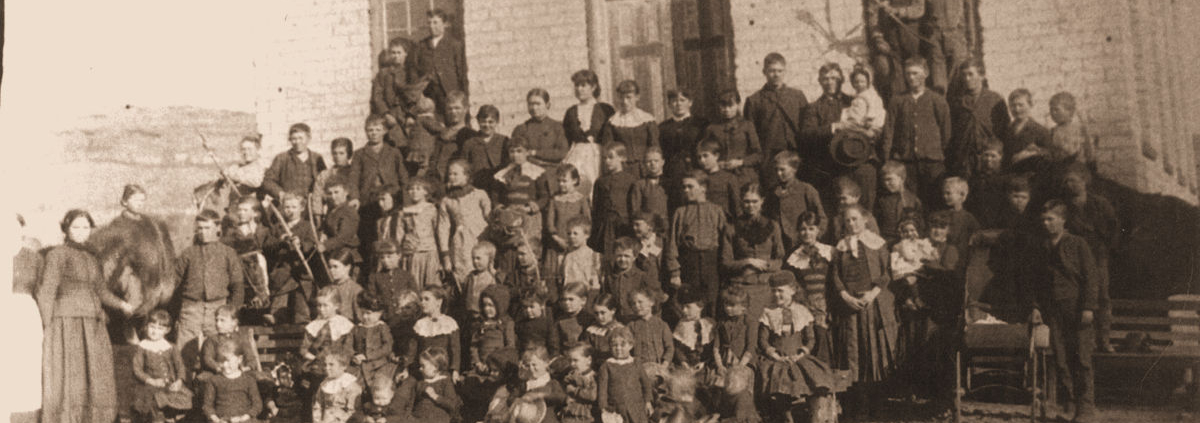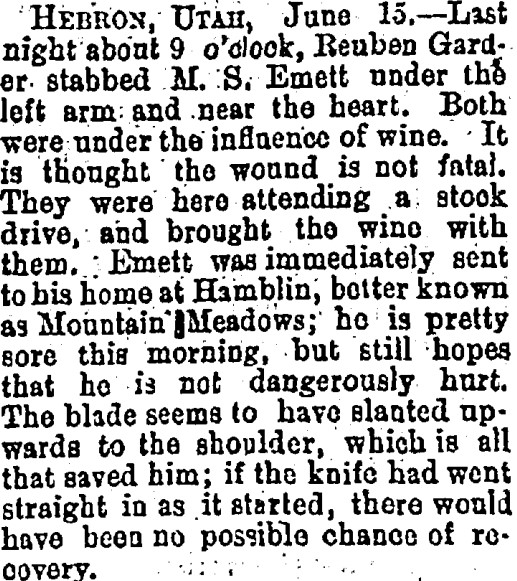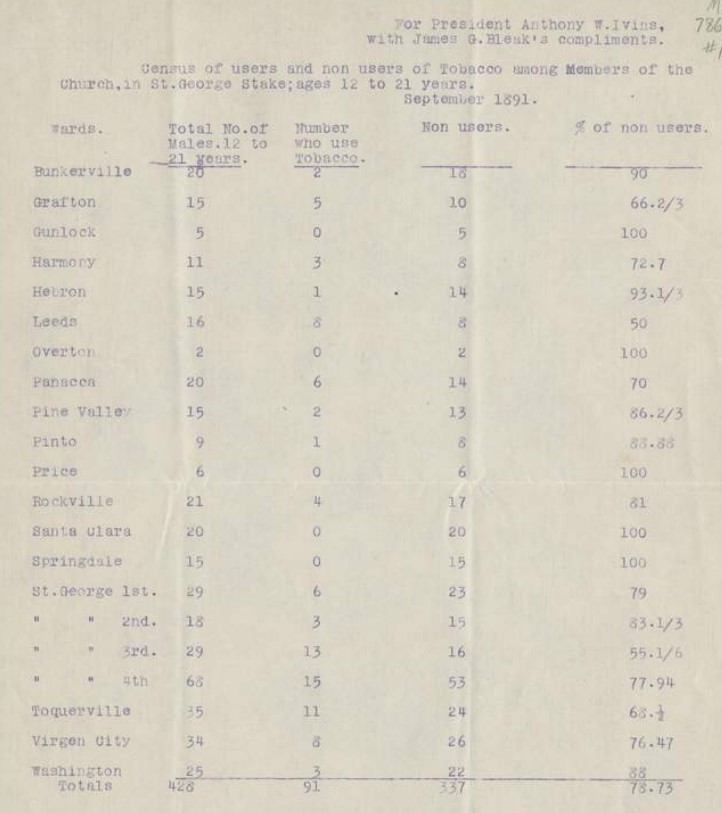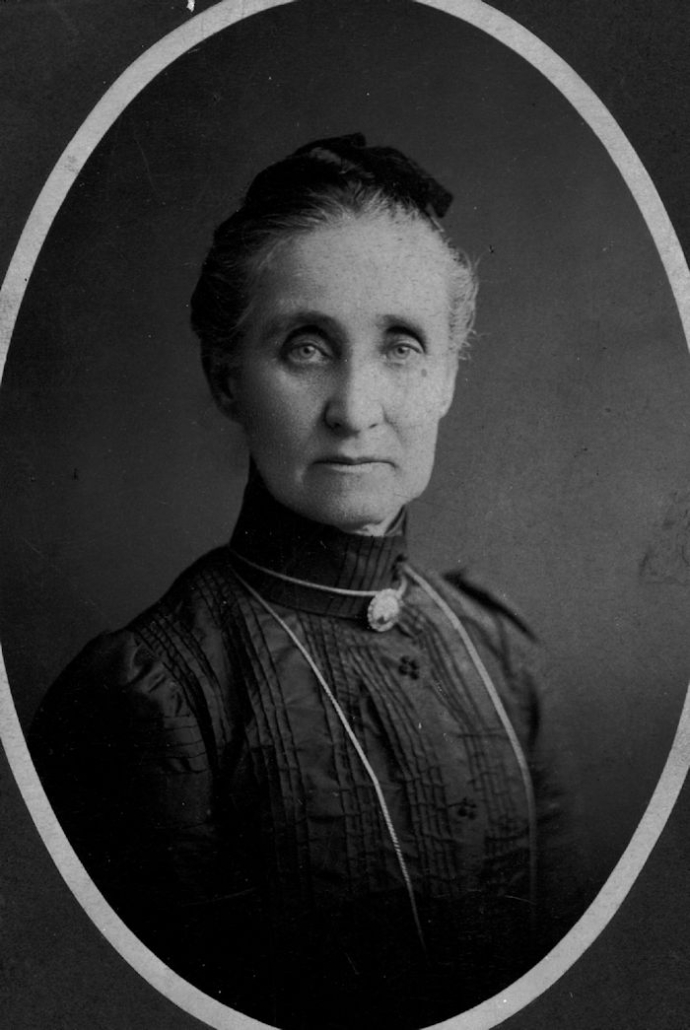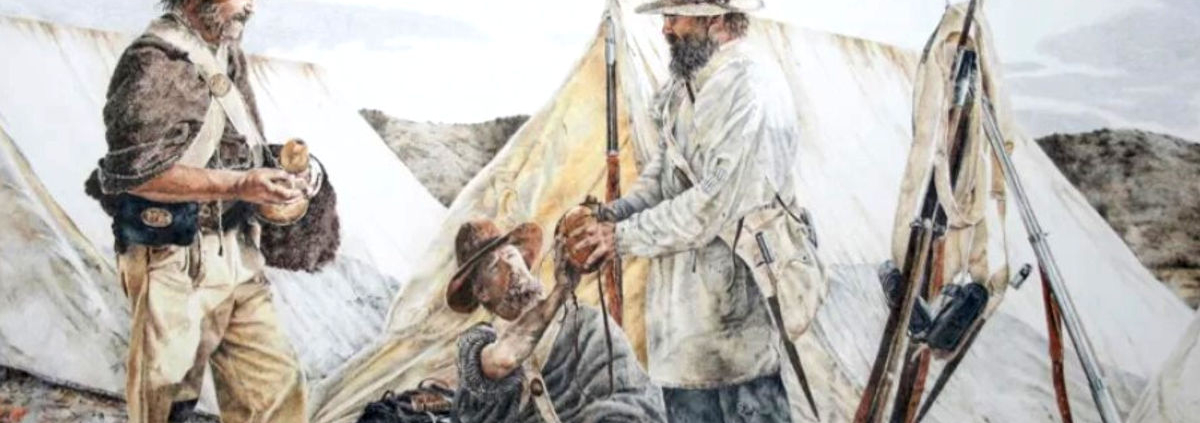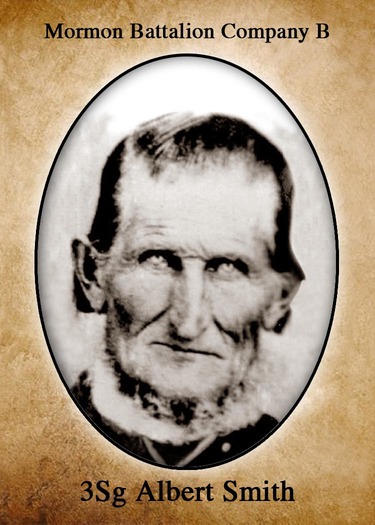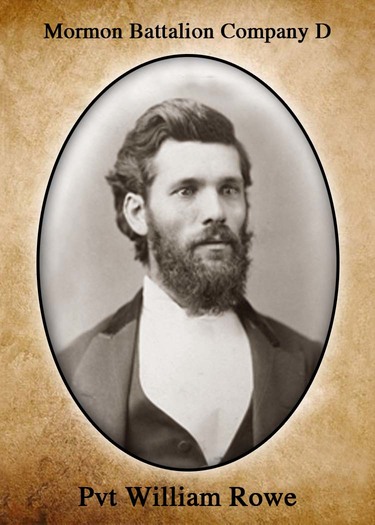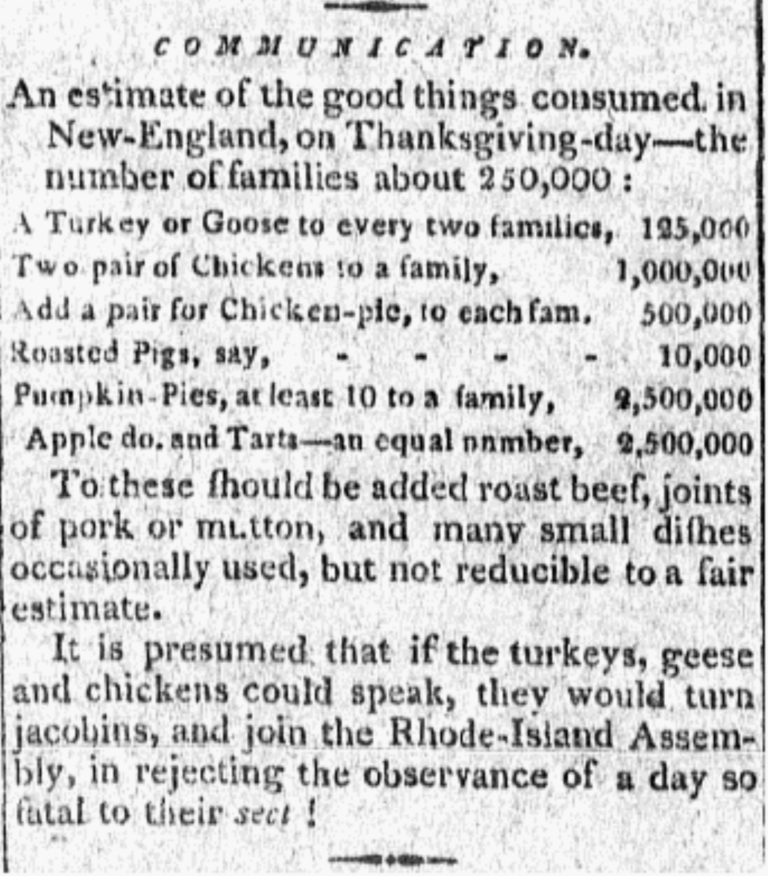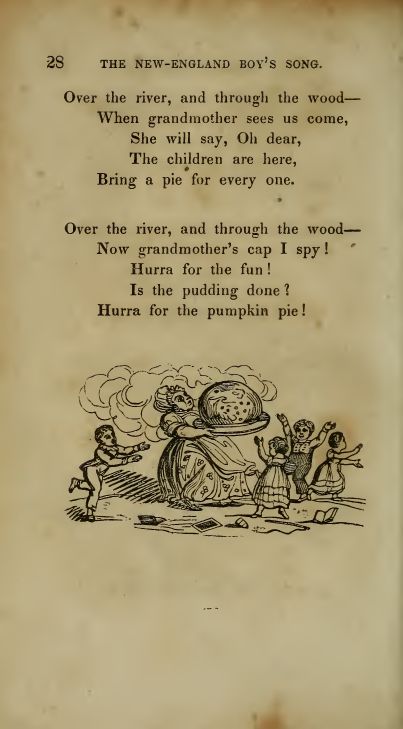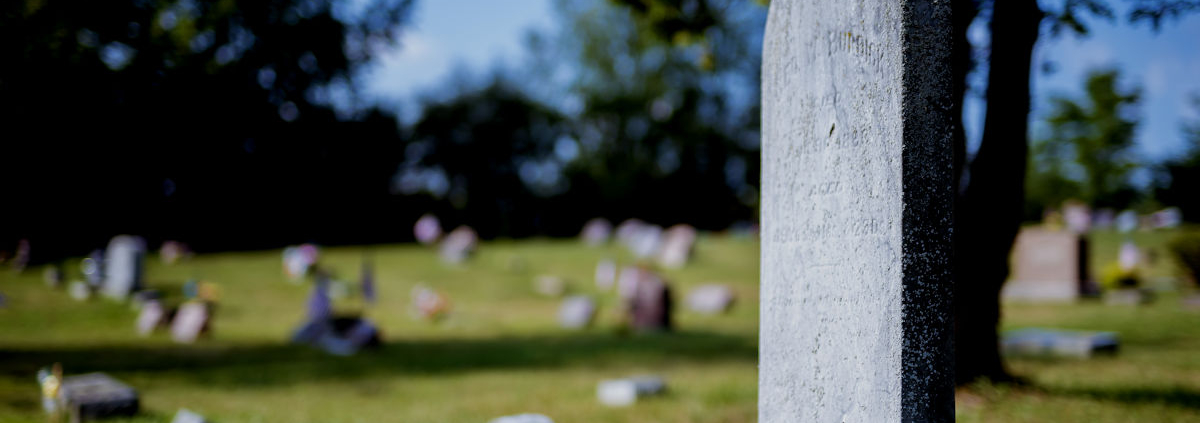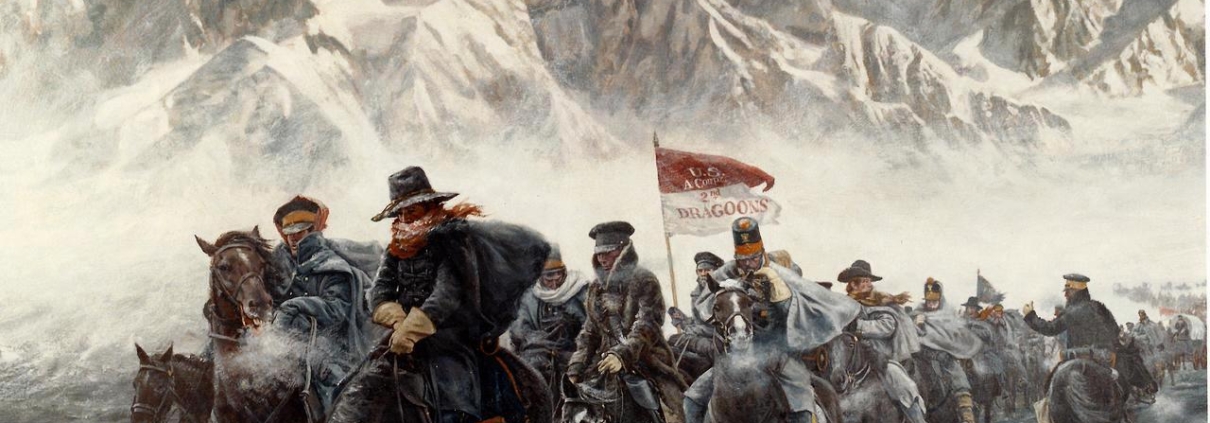Electa Jane Westover Emett
Last year when I traveled with Dad, LaRee and Will on our “cemetery crawl” in Southern Utah I insisted on trying to find the grave of Electa Jane Westover Emmet.
My interest in her was pretty simple. Years ago, I found this image of her taken from a group photo of St. George temple workers around the year 1910.
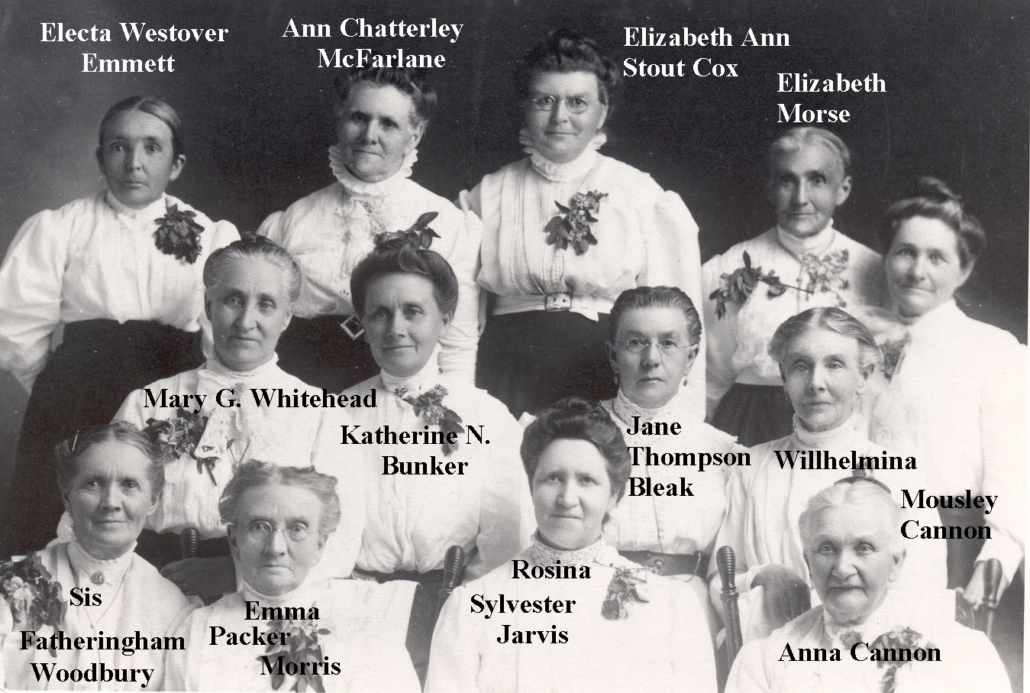
The picture excited me because here was an individual who was a child of Edwin Ruthven Westover. In her face is reflected, I hoped, the countenance of her grandmother for whom she was named, Electa Beal Westover.
Before going I already knew a little about Electa Jane.
I knew she became a plural wife. I knew she never had children. And I knew the Temple was precious to her.
As we traveled through St. George, Washington City, Pinto, Hamblin, and Hebron we ran into other last names besides Westover: there were Canfields, Platts, Emetts, Knells and many others common to nearly every cemetery we visited.
We found this weathered headstone I the St. George City Cemetery:
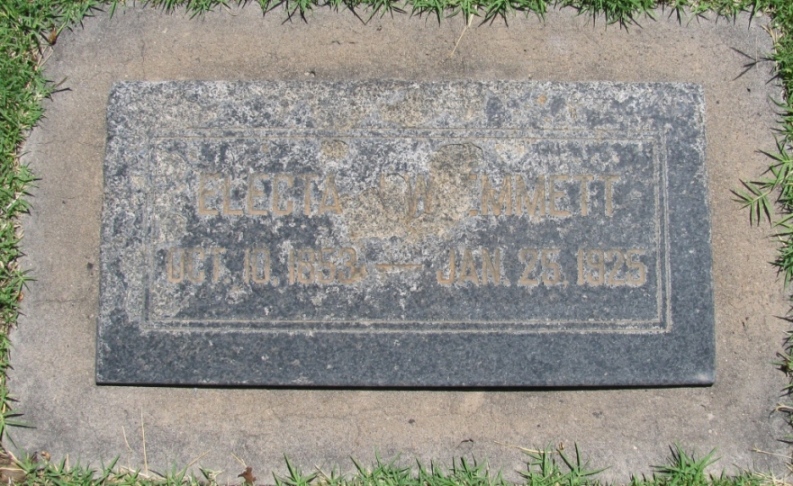
This lonely grave was not within close distance to any other family member. It stood in contrast to many other graves we had visited.
In discovering her obituary I have been haunted by the statement about Electa Jane: “She was a very kindly woman, patient, and bore her troubles silently.”
My question: Why?
The life of Electa Jane Westover Emmett is not very detailed on FamilySearch.
She was born in 1853 to Edwin and Sarah Jane Burwell Westover while the family lived in Union, present-day Cottonwood Heights. Electa Jane was named after her grandmother and her mother.
She was the 2nd oldest of Edwin and Sarah’s family together, but she was technically the 3rd child because Edwin crossed the plains with Edwin Jr, who was 8 years old when little Electa Jane was born.
At the age of just 17 in the year 1870 she married Moses Simpson Emett, becoming his plural wife.
From that point in her life forward we get little detail.
Census records show she stayed with her husband and his first wife for their rest of their days. When they died she moved to St. George and served for years in the temple.
She kept no known diary and did not record her own history. As a childless woman, there were no children to record her memory either.
So, what, exactly is her story? What were her “troubles” to be borne silently?
~ Family Culture and Circumstance for Young Electa Jane ~
Electa Jane was born when Edwin and Sarah Jane lived in the fort at Union, Utah, in present-day Cottonwood Heights.
According to the collected information of the timeline we have put together from the 1850s, this was a time of great Church activity for her parents.
Edwin and Sarah Jane appear on the rolls of Big Cottonwood Ward and they were closely aligned with everything the Church was experiencing in the Salt Lake Valley.
Extended family was close by. Grandmother Electa, Uncle Charles and Aunt Eliza and Aunts Hannah and Laura were involved with the family.
In 1857 those dynamics shifted with the introduction of plural marriage.
Edwin married Ann Findley and Charles married Mary Shumway. Over the course of the next several years there would be upheaval caused by the Utah War, causing the Westover family to move south for a period of time before returning to Union.
Around 1860 there was a move to Grantsville, where Electa Beal Westover’s sister, Aunt Hannah, lived. Children were added to the family and it was while there that first Charles was called to the Cotton Mission in St. George and a little later Edwin would follow with his families.
Electa Jane was one of the eldest children. By the time she reached age ten there were 8 children and three parents in the home.
They were by that time living in Hebron, some thirty miles north west of St. George – an isolated, harsh place where Edwin was charged with keeping livestock for the Church.
~ How Events in Hebron Affected the Westover Family ~
It did me a world of good to see these obscure places of family history in Pinto, Hamblin and Hebron. Each place, though close to each other, was unique.
It turns out the history of each place is unique, too.
Hebron, originally called Shoal Creek, was scouted by two brothers bearing the Pulsipher name (a name with some early Church history behind it). John and William Pulsipher were charged by Erastus Snow to find suitable grazing land for the Church’s flocks.
In 1862, after locating Shoal Creek, their father, Zera Pulsipher, joined his sons and their families there. In 1863 other families were called to help build a settlement and the Edwin Westover family joined them.
Over the course of the next several years the Pulsiphers led nearly every aspect of the settlement. The had the first pick of the land, they led church proceedings and they organized how the fort would be set up.
Edwin Westover first crossed the Pulsiphers by bordering on their range land. It is not recorded if this was purposely done but it irritated the Pulsiphers enough that they moved their operations a little further away.
Not long after this time Thomas Fuller, an Australian native who had come looking for work, died on the Westover ranch during a cold winter blizzard.
The event, noted in this post and in Edwin’s video, would drive a permanent wedge between Edwin and the Pulsiphers and it no doubt had an effect on the entirety of the Westover family.
Church events in Hebron had some troubling aspects to it. Attendance was low. This stands a bit in contrast to other settlements in Southern Utah. Historians point to the heavy handed leadership of the Pulsiphers as the reason why.
There were other areas of conflict in Hebron too. Water rights, for example, was also an issue in the arid west desert. The establishment of a school, which would seem a rather simple issue to resolve, proved difficult in Hebron and resulted in Erastus Snow asking for the resignation of the Pulsipher men from their lead positions. Snow had grown tired of complaints from the inhabitants of Hebron about the Pulsiphers.
~ Drastic Changes for Electa Jane ~
For Electa Jane especially, at the age of 16 in 1869, epic changes occurred.
Fed up with life in Hebron, Edwin moved his families to the nearby settlement of Hamblin, where they would spend the next several years.
Then Ann and her children suddenly left for Mendon. One history suggests that Ann could not handle the rough conditions in Southern Utah any longer. There is no record left to prove this assertion and plenty of evidence that suggests life would be no picnic for her in Mendon.
With her brother’s sudden passing, leaving a farm with five small children to care for, Ann’s sister-in-law needed help.
The record does show that Ann got to Mendon and immediately set to find work even though she was very pregnant.
But what would her absence mean for young Electa Jane? Ann was just 30 years old.
Another who left with Edwin’s oldest child, Edwin Lycurgus. He was 23.
For Electa Jane, it was time of witnessing all of her parents in crisis.
Her father had just endured a Church trial, based on the Fuller incident. He was humiliated, angry and now separated from local Church leadership.
For Sarah Jane, it was a heartbreaking period with the loss of a baby and the loss of help from Ann and her children.
Also gone at this time, even though she was living with Uncle Charles Westover and his family in nearby Pinto, was grandmother Electa Beal Westover.
She caught the new transcontinental railroad for a ride to California, where she would be found in the census of 1870 living with her son, Oscar and family.
Electa Jane was essentially on her own – and about to enter a whole new world with the Emett family.
The 1870 census shows Edwin and families living in Hamblin and Electa Jane is numbered among them. The Westovers moved right next door to the Moses Simpson Emett family and the James Holt family.
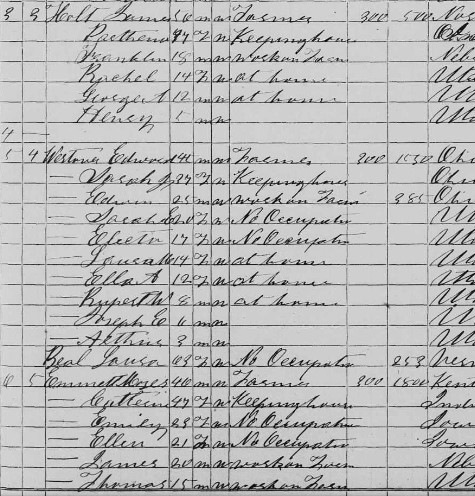
Both families would be associated with the Westovers from that point forward.
~ The Life of Moses Simpson Emmett ~
Moses Simpson Emett was a 2nd generation Mormon, believe it or not. He was commonly called Simpson and the spelling of the family name was somewhat fluid – Emett, Emmett, Emmet, etc.
He was the son of James Emett, an early convert of the LDS faith and one whose own history within the early church is both celebrated and criticized.
James Emett converted to the faith in 1831, some seven years after his son, Moses Simpson, was born.
He received a blessing, which is in the Church historian’s office, by the hands of Joseph Smith Sr. During the 1830s and into the mid-1840s the record shows James Emett as a friend to the Prophet Joseph and his family as residents of LDS communities in Missouri, Iowa and Illinois (Nauvoo).
James Emett was frequently mentioned in affairs at the highest level of the Church.
But his activity was also frequently associated with a stubborn independence.
He was disfellowshipped in 1837 for “unwise conduct”. He was for, a period of time, a bodyguard of the Prophet and was one of the individuals charged with retrieving the bodies of Joseph and Hyrum from Carthage.
James Emett would go on to be very heavily involved in the post-Joseph era of the Church, at one time allegedly leading an off-shoot branch of the church in Northern Iowa.
Some of his descendants are vehemently denying the rougher portions of James Emett’s history on Family Search, on Ancestry and in the archives of the Church. But, as uncomfortable as it must be for them, there is just no denying the sheer volume of evidence about the man.
James Emett wanted out of Nauvoo as quickly as possible following the death of the Prophet. Claiming to be commissioned by Joseph Smith, Emett led a group of saints west. This he did contrary to the counsel and wishes of Brigham Young.
In this leadership role he was accused of iron-fisted tactics, declaring ownership over guns and other property held by members of the group and claiming wives from members.
Brigham Young was famously patient with Emett, respecting his skills as an explorer and a mountain man.
B.H. Roberts, in speaking of James Emett’s restless desire to get away from Nauvoo, said “He was always a restless, impatient man, and ambitious of leadership which led him into great trouble.”
Regardless of James Emett’s reputation and actions in Nauvoo, his son Moses was 20 years old in 1844 and an adult in his own right. With Mormonism thoroughly a part of his family culture and upbringing, Moses appeared to be faithful.
On August 1, 1844, a little more than a month after the death of the Prophet, Moses married Catherine Dorcas Overton.
The first of their 8 children was born as they made their way west. Simpson, like his father before him, was a capable explorer, mountain man and pioneer. He made his living as a blacksmith.
A history written by one of his children states “I never knew anyone that did not think the best of him. He was a very reserved man.”
~ The Story of Catherine Dorcas Overton ~
Catherine Dorcas Overton was born to Dandridge Overton and Dorcas Wyman. She was the fifth of 13 children. Her father, Dandridge was a schoolteacher.
Catherine, along with her mother and sister Parthenia, joined the church in 1839. Their conversion divided the family. Catherine, Parthenia and Dorcas moved west to Nauvoo, while Dandridge and the rest of the family stayed in Indiana.
Catherine’s sister, Parthenia, married a man named James Holt, whose wife and two children died while traveling in the James Emett Company, heading west in 1852.
Together – the families of Moses and Catherine Emmett and James and Parthenia Holt – settled into pioneer life in Ogden, Utah. They were there for ten years, raising crops and having children.
By the end of 1862 both families were called to the Cotton Mission and moved to Hamblin. They would stay there for a number of years before moving to various places in Southern Utah, generally following the pioneering path of Jacob Hamblin.
For a while they were in Kanab before finally settling just south of the Utah border in Fredonia, Arizona, where they would spend the rest of their days.
~ The Culture of the Emett Family ~
How the decision was made for Electa Jane to become the plural wife of Moses Simpson Emett is not known. Who made the decision is just as big a mystery.
But marrying at 17 was not unheard of in those days.
In fact, Ann married Edwin as his plural wife when she was just 17, fresh off the handcart trail.
But both Simpson and his wife Catherine were the same age as Electa Jane’s parents.
Was it really a marriage or merely a transfer of one house to another?
Electa Jane was joining the family as a wife – to be known as Aunt Electa – yet three of the children there were all older than she.
Emily was 23, Eleanor was 21, and James – named after his headstrong grandfather – was 20.
All of these eldest children of Moses and Catherine distinguished themselves in later life.
Emily married the husband of her sister, Lavena, who died suddenly in 1875. She died after giving birth to her first child.
Two years later, Emily married Lavena’s husband, Joseph Eldridge, and became mother to her sister’s child.
Joseph Eldridge was a teacher in Pinto and a figure of cultural dominance in Southern Utah during his day, directing choirs and teaching art. His name consistently appears in Pinto Ward records. He was active and influential.
Eleanor married Henry William Bigler, a prolific journal writer during the Mormon Battalion and, along with Azariah Smith, a discoverer of gold at Sutter’s Mill in 1849. Eleanor married Bigler after the death of his first wife and would give him six children.
James would mirror the path of his parents, at least in terms of geography.
He moved from Hamblin to Kanab to Northern Arizona where he worked in the ferry business and dabbled in the cattle trade.
Like his father and grandfather before him James would be an outdoorsman. He was later made famous in an article by Zane Grey titled “The Man Who Influenced Me Most”.
Also included in the home were other children of Moses and Catherine who were younger. In 1870, Thomas was 15, Caroline was 13, Olive was 11 and Moses Mosiah was 8.
The name Thomas Carlos Emmett is one we have talked about before. Thomas was linked to the Canfields – another local family, one that Electa’s older sister Sarah Evaline married into (her husband was Moroni Canfield).
Thomas married Lucy Canfield, sister to the band of cowboys Canfield brothers.
Depending which history you choose to believe among the Emmett and Canfield descendants of the 20th century, Thomas Emmett was either a really busy man or a deadbeat husband and member of the Ben Tasker outlaw band.
Either way, like his grandfather James, Thomas was a tough character who walked in rough circles. He could handle himself in any kind of wilderness setting, he was an excellent horseman, and he was fiercely independent.
He married Lucy in 1874 but was listed in 1880 with his brother James in Kanab. By 1883 he was dead. The nature of his passing continues to be hotly debated to this day.
Sisters Caroline and Olive both married local men and went on to pioneering experiences of their own not far from the Emett family in Arizona.
Youngest child Moses Mosiah’s history reads like that of his older brothers: he stayed near his parents, moving from Hamblin to Kanab and then Northern Arizona.
Like his brothers he also had legendary skills as a horseman. He could do nearly anything with rope. He married and had a large family but was hesitant to leave his aging parents to seek his fortune.
His father, Simpson, in discussing the possibilities for him in the West, challenged his namesake son by saying “You haven’t the courage to leave.”
But leave he did for the wilds of Wyoming, moving several times as he tried to pioneer yet another western frontier in the very early 20th century. Farming was tough, so he augmented his income as a law man. Like his brothers Moses Mosiah was not a man to be trifled with.
Church activity for the Emett family is not well recorded. We find that in the Pinto Ward, which kept excellent records, for a brief time we can find the Emmets with the Westovers:
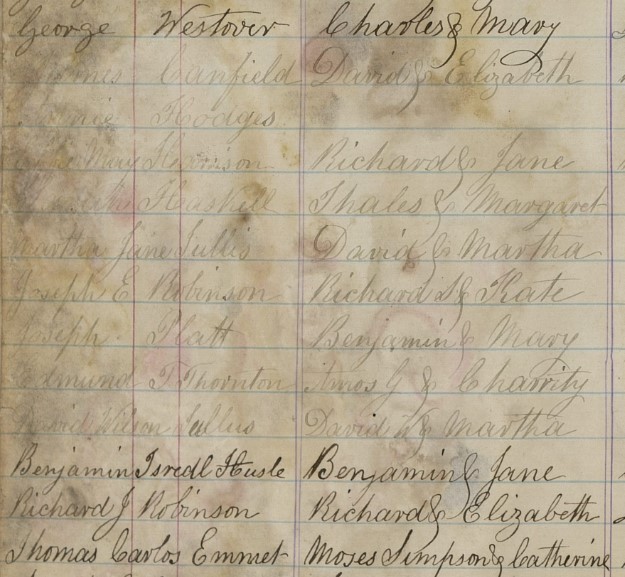
Life in Pinto, as in Hebron and Hamblin and surrounding areas, was rugged. Weather and grasshoppers seemed to dominate the news, as in this report from 1869:
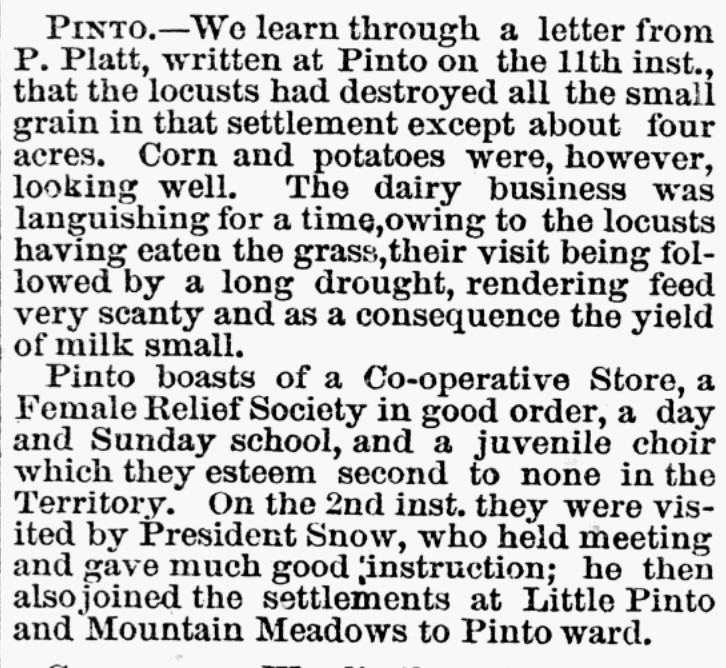
News reports from the day are kind of sparse, but occasionally they would give a glimpse of daily life that never appear in recorded family histories:
The above gives us much to consider. It seems the extremes in behavior were as much an issue then as now. It seemed the more pious had influence and judgment over behaviors, such as in the Fuller case against Edwin. And yet it seemed as well the agency of individuals could influence things as well.
Found among the records of the church (1891) is a report from James G. Bleak to the St. George Stake president accounting for tobacco use in the settlements:
Based on these gleaned details, what can we assume about the world young Electa Jane Westover encountered as a member of the Emett family?
The record going forward from 1870 for Electa Jane is sparse. This is the census from 1880, still in Hamblin:
Here she is again, this time in Fredonia, Arizona in 1900:
Note that at this point she is no longer listed as a wife, but rather as a housekeeper. This could have been due to the anti-polygamy laws at the time.
Why didn’t Electa Jane have children? Was there a medical problem? Was it a preference? And did the fact she was childless contribute to the statement that she “bore her troubles silently”?
We may never know the complete history of Electa Jane.
Clearly, Electa was a woman of deep faith.
One history claims “she had a blessing that told her than mansions would be prepared for her and they would be decorated with the workmanship of her own hands” and that children were “not meant for this life” and despite an offer to live with the Emmet family after the passing of Simpson and Catherine said she “wanted to live and die in the shadows of the temple”. (This is believed to be shared by Caroline Cornelia Emmett, a daughter of Simpson Emett who passed in 1936).
Electa Jane stayed true to those stated desires. She moved back to St. George where, in the 1910 census, she lived in the home of another widow by the name of Mary Elizabeth Goddard Whitehead.
Like Electa Jane, this faithful pioneer woman worked in the temple in St. George. Electa stayed there until Sister Whitehead died of liver cancer May of 1910.
Electa Jane’s remaining years are only mentioned in a temple context. She became a fixure there, much as her grandmother, Electa Beal, did in the final years of her life. One history claims she worked in the temple until she was “feeble”.
Electa Jane died in 1925.

